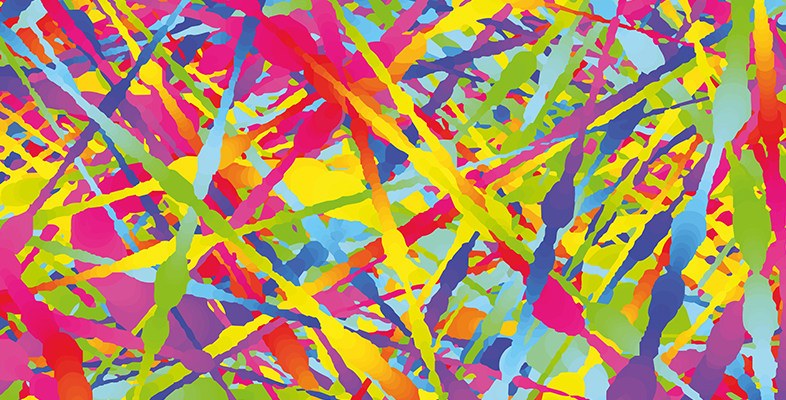3.7 Image and video compression
Section 3 has concentrated on lossy, perceptual coding in audio files, but it is widely used in image coding and video coding.
Lossy compression in JPEG image coding exploits the fact that the human visual system is less sensitive to fine detail in an image than to broader features. JPEG coding transforms an image to spatial frequency components using a discrete cosine transform (DCT), then uses fewer bits to encode the higher spatial frequencies than the lower ones. Thresholding completely removes those components with very low amplitudes. This is a lossy process. Further lossless compression completes the process, but overall the process is lossy.
As moving images consist of sequences of still images, the first step in video compression is to compress the individual still images (frames). The MPEG family of standards use methods based on JPEG for compressing the still images, but then use techniques based upon motion prediction and compensation to exploit the temporal similarities between consecutive image frames. Recent trends in video coding have led to the development of systems that incorporate multiview and 3D information, as well as more distributed approaches to video coding that shift some of the coding complexity from the encoder to the decoder.
